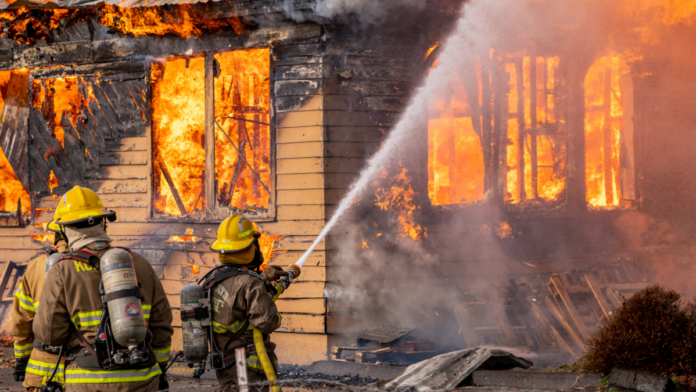Credit: My Photo Buddy / Shutterstock
Currently Los Angeles County suffers from apocalyptic scenes of deadly, uncontained wildfires. Unfortunately, insurance doesn’t function like a gas or electric company; even in the face of disaster, insurers aren’t obligated to service your home. Instead, these companies can choose which properties they’re willing to insure based on their risk assessment models. This selective coverage has become increasingly common in areas prone to natural disasters, particularly in regions facing heightened wildfire or flood risks. While getting a cancelation or nonrenewal notice can be stressful, there are a few steps you should take before you accept force-placed insurance . Here’s what you can do.
Immediate steps after receiving a cancelation notice from your insurance company
Make sure you review your notice carefully. Document both the date you received the notice as well as the effective date of cancelation/nonrenewal. Identify the specific reason(s) given for the coverage change, and then check if the notice complies with state notification requirements.
From here, contact your insurance company:
Request a detailed written explanation if not provided.
Ask about specific risks or issues that led to their decision.
Inquire if any property improvements could change their decision.
As always, get all communications in writing for your records. And make sure you understand—and fight for—your rights here. You could be entitled to a grace period, or your state may require insurers to help you find new coverage. If they don’t do these things, document any violations of state insurance laws.
Another place to turn is your mortgage agreement’s insurance requirements. Contact your lender to discuss the situation, and request additional time if needed to secure new coverage.
State-based insurance options
In the face of your coverage dropping you, look into these national and state-based insurance programs:
California FAIR Plan
Coverage up to $3 million for structures
Must be combined with a




